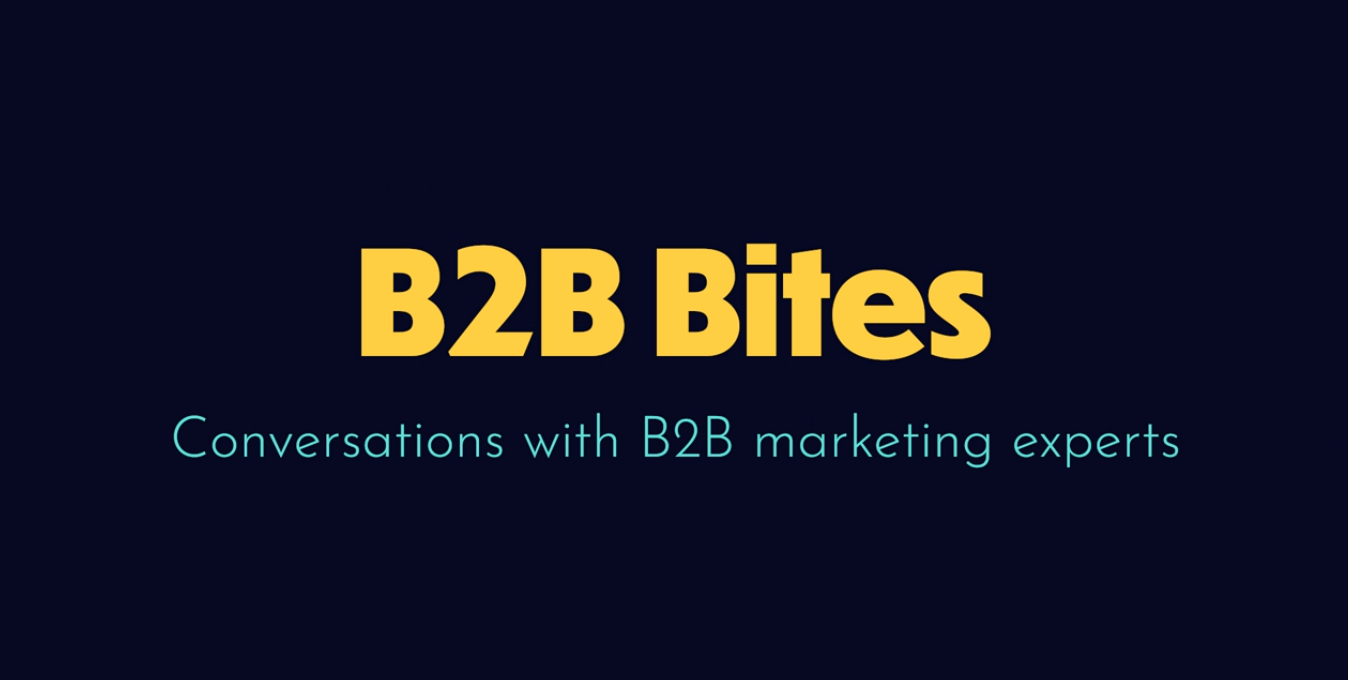Everyone wants a better B2B content marketing strategy, but as the saying goes, you can’t plan for success.
For some businesses B2B content marketing can be confusing and at worst, an irrelevance - like a cliched phrase in a book chapter. But we can’t forget that before cliches were repeated ad infinitum, they started life as valuable statements that packed a memorable punch. While ‘home is where the heart is’ might be scoffed at, audiences all over the world know the phrase - and even feel its sentimentality from time to time.
We’ve unpicked 5 common cliches that relate to content marketers and explore that, while they may be overused, they still offer some truth.
1. Develop a framework for your B2B content marketing strategy
Words like ‘strategy’ and ‘framework’ are certainly tired cliches in B2B content marketing - but for good reason. It is important to have a strategic framework in place that dictates what content you do, when you do it and what you want to achieve with it. Building out your strategy depends on having business objectives inform the content you produce. For example, emails are usually sent to keep client databases engaged and informed. The goal of each email will vary and depend on the segment of the database the content marketer wants to reach. Perhaps you want to tell your clients about an award win or new product launch that would interest them? If you want more product demos, you’d hope that the content persuades the reader to click that ‘Request a demo’ button. If you want to attract and retain customers, a haphazard approach just won’t cut it. A framework offers a starting point for improving your content marketing strategy.
2. The customer is always right
Each time you publish a new piece of content, or simply compose a tweet, think: how do I want my audience to react and what do I want their next step to be?
Getting this right takes sensitivity and skill. Where B2B content marketing is concerned, you can’t rush or coerce your audience. You can, however, set things up so that they move in the right direction.
The days of the hard sell are over. Nowadays, you have to convince customers that your product or services could genuinely make their lives better, or improve sales figures. Content marketing is really about the soft-sell. Instead of talking about the rational benefits of your services to a customers' business, a more subtle and indirect approach is required.
The chances are, prospective customers know they need solutions and they want your product, but they don’t like being sold to. Attempts to to influence by evoking positive emotional responses are key to content marketing and influencing your audience to take a step in your direction. Humour, and an approach that is warm and friendly, are highly effective. Appeals to the emotional rather than the rational are highly effective in content marketing.
Whether prospective customers buy, schedule a meeting or request a quote, they have to do it in their own time - minus the blatant sales pitch.
3. Content is king
We’ve probably all read that ‘content is king’ - queen, prince or princess - several thousand times. While it remains an utter cliche, it still rings true. You really can’t discount the importance of content to content marketing, however, you do need to know if what you’re producing is working for your business. You need precise and measureable goals - not just content for content’s sake.
There are times when what you want your audience to feel and what you want them to do takes a bit of thinking to reconcile. If you want your audience to feel warm and fuzzy, but you also want them to buy your no-nonsense business-related product, there’s a fair chance you’ll send their cynicism radars into overdrive. Your goals must be consistent and appropriate.
4. Who. What. When. Where. Why?
The 5 W's have formed the basis of journalistic inquiry since the days of scratchpads, shorthand and fedoras. They’re a bit of a cliche, yet they remain totally relevant and important to content marketing. If the industry is ever going to produce the kind of quality content that used to be exclusively the domain of newspapers and magazines, those governing principles must be adhered to.
Who is the target persona of your blog content? What action or feeling are you trying to elicit? When would you like this to happen? Where can the reader action this point, and why would they bother?
Arguably, “Why?” is the most important question of all. Without “Why?” the rest of our carefully laid plans fall apart. Once you know the answer to “Why?” – and only then – will you have the beginnings of a genuine content marketing strategy. And only then will you get results.
5. Fail to prepare, prepare to fail
While you can’t plan for success, you can prepare by putting clear objectives in place. When you create any type of content, it’s essential that you are 100% clear and focused on your goals and motivations for doing so. And by that, we don’t mean you appreciate that marketing is important, or you understand that content marketing is a very effective tool.
It means knowing why you’re writing this exact blog post or you’re going to make this particular podcast. Additionally, precise and measurable goals mean that you can begin to build a dataset on what content marketing practices are working for you, which aren’t, and what you can be doing better.
For more great content marketing tips and industry secrets, download our ebook, The B2B Content Marketing Masterclass.









